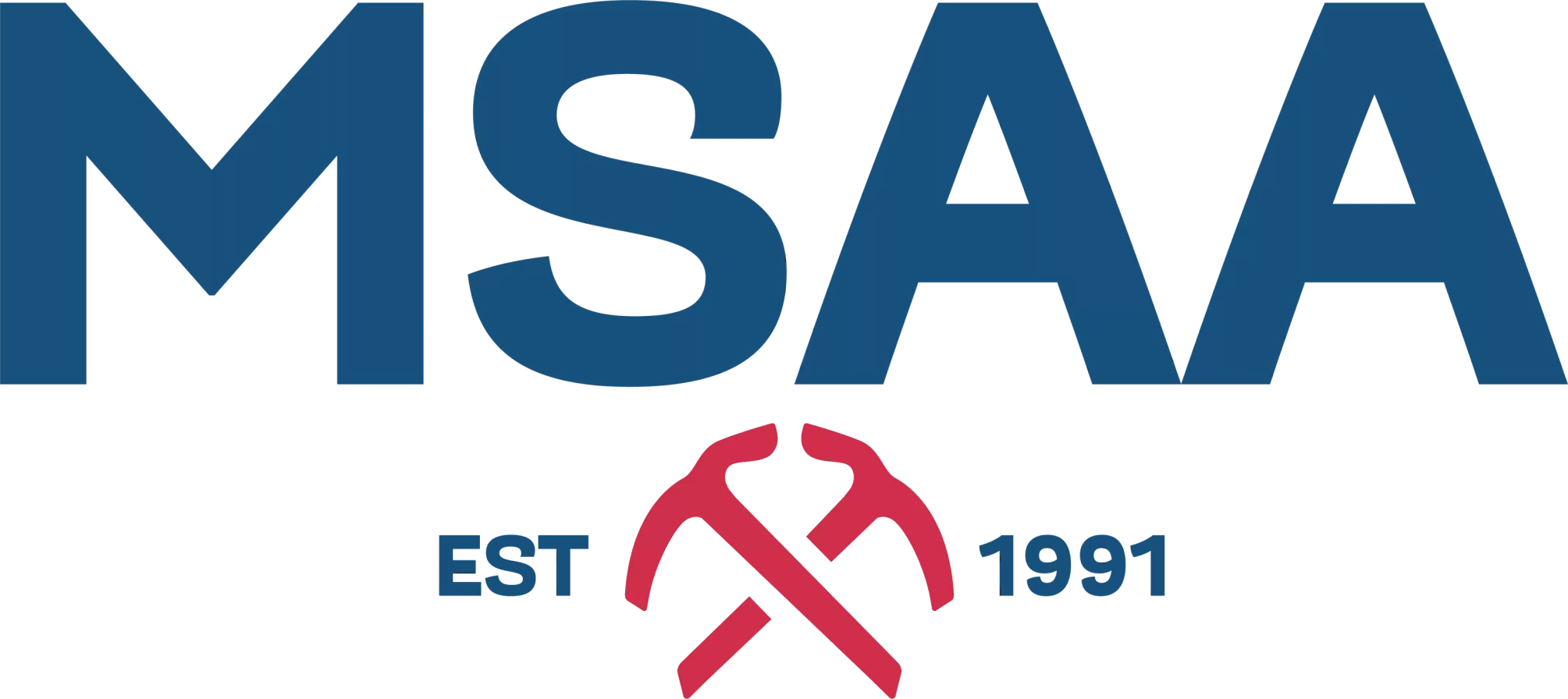Why take the AST 2?
One of the most common misconceptions with avalanche education is that a course (such as the AST 1) leads to the candidate becoming “certified” for winter backcountry travel. As any ski guide will attest, all avalanche training is part of ongoing education. That applies whether you’re a first-year backcountry rookie in Whistler or a ski guide in Revelstoke with more than 15 years experience. After a season or two of gaining experience and awareness of avalanche terrain, the next step for recreationists is investing in the four-day AST 2 course.

Building on the foundations
The curriculum for the AST 1 is designed to introduce important concepts such as (but not limited to) monitoring avalanche bulletins, mitigating hazards, pre-trip planning, companion rescue techniques and human factors. With three days in the field and one day allocated for classroom theory, the AST 2 allows further exploration of these concepts both on and off the snow. Students learn to navigate avalanche hazards in complex terrain and how to effectively interpret snow pits, including the influences of weather, wind, temperature fluctuations and solar radiation.
When travelling for ski touring trips you may find yourself in an area with an unfamiliar snowpack (e.g. skiing in the Rockies as opposed to the Coast) or in a remote location without a regional avalanche bulletin at all. The AST 2 will help backcountry travelers make sound decisions according to their observations, as well as utilizing local and regional resources such as Avalanche Canada’s Mountain Information Network.

Is it worth the money?
One of the main barriers to people taking an AST 2 course is the price (MSA prices its AST 2 course at $585). While this is a substantial sum, backcountry travelers should view their avalanche training like a vehicle in need of scheduled maintenance – holding off too long could end up costing you a lot more in the long run. It may mean putting off the purchase of a new pair of boots or bindings that season, but the investment is worth it if you travel in the backcountry frequently. When it comes to avalanche safety, there can never be too much practice or training.

What are the alternatives?
Those looking to enter the world of professional avalanche operations such as ski patrol, ski guiding or the resource sector can take the Avalanche Operations Level 1. This is an eight-day intensive course conducted by the Canadian Avalanche Association (CAA). If you are simply looking to stay safer when ski touring with friends, then the AST 2 offers more value.
Looking to take an AST 2 this winter? Check out our 2016 dates for Whistler and Banff/Canmore.
